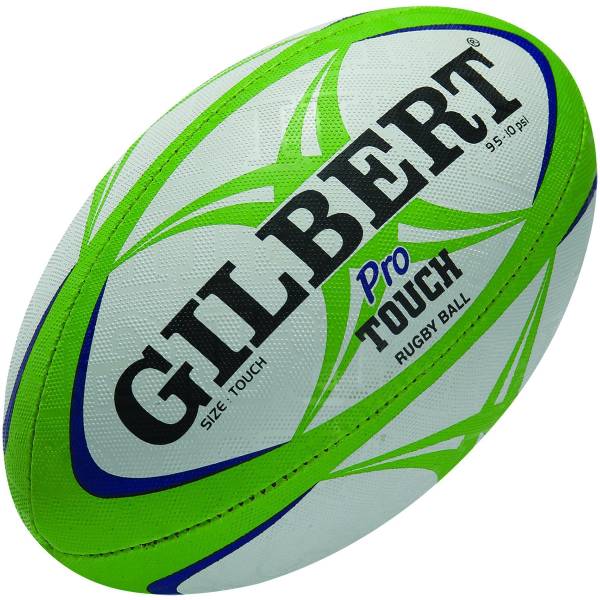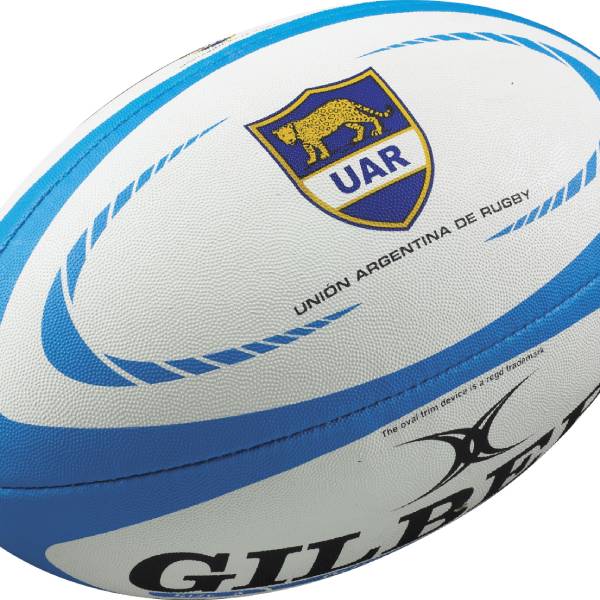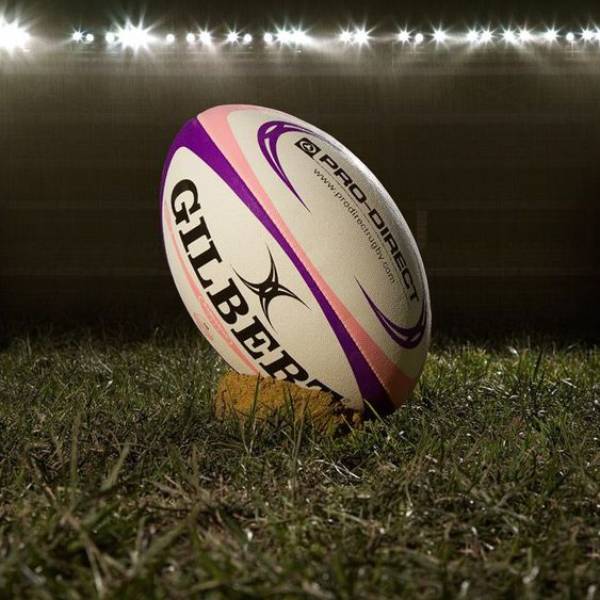I. Introduction
Rugby is a popular sport that is known for its physicality and fast-paced gameplay. One essential aspect of the game is the ruck, which plays a crucial role in determining possession and advancing the ball. This article aims to provide a comprehensive understanding of the ruck rugby definition and its significance in rugby. What is a ruck in rugby?
II. The Basics of a Ruck
A. Definition and concept of a ruck
In rugby, a ruck occurs when the ball is on the ground and one or more players from each team, who are on their feet, are in physical contact. The purpose of a ruck is to compete for the ball and gain possession.

B. Role of players in a ruck
- The ball carrier
The player who has been tackled and brought to the ground with the ball is the ball carrier. Their role in the ruck is to present the ball quickly and efficiently, ensuring it is accessible to their teammates.
- Support players
Support players are teammates who arrive at the ruck to assist the ball carrier. Their primary role is to contest for possession and ensure that the ball is secured for their team. They must also protect the ball carrier from opposition players trying to steal the ball.
- Opposition players
In 2024, during a ruck in rugby, opposition players aim to disrupt the ball presentation and secure possession for their team. Within the ruck rugby definition, they can legally attempt to steal the ball and create turnovers. They must adhere to specific rules within this context to ensure player safety and fair play.
C. Key rules and regulations governing rucks
Rucks have specific rules that guide their execution. These rules include:
- Offside lines: Players must stay on their respective sides of the ruck until the ball is out. Offside players can be penalized.
- Entry: Players can only enter the ruck from their side and through the gate, which is between their shoulder and hip.
- Foul play: Dangerous actions, such as diving into the ruck or intentional collapsing, are prohibited and can result in penalties.

III. Executing a Ruck
A. Formation of a ruck
- Contact between players
In the game of rugby, when a tackle takes place, it is essential for both the player making the tackle and the one being tackled to promptly release the ball. This act of releasing the ball is critical as it signifies the end of the tackle and presents an opportunity for players from both teams to engage in a contest for possession at the ensuing ruck. With the ball now available for play, it opens up a competitive phase of the game where teammates come in support and attempt to secure possession by driving over the ball and protecting it from opposition players. The swift and efficient release of the ball lays the foundation for a dynamic and intense moment in the game, as players exert themselves to gain control and influence the outcome of the ruck, a pivotal aspect of the sport’s strategic and physical gameplay.
- Placement and presentation of the ball
In the game of rugby, proper ball presentation after a tackle is crucial for the flow and integrity of the game. When a player is tackled, they are obligated to place the ball immediately on the ground and present it behind them, ensuring that it is visible and accessible to players from both teams. The act of clear and prompt presentation of the ball allows for a fair and competitive opportunity for both teams to contest possession, thereby maintaining the game’s spirit of fairness and open play.
B. Phases of a ruck
- Clearing out opponents
Support players from the ball carrier’s team must quickly arrive at the ruck and remove opposition players lying over the ball. This is crucial to ensure the ball remains accessible for recycling.
- Securing possession
Once opponents are cleared, support players work together to secure possession by getting low and driving through the opposition to create a strong body position. This technique helps in winning the battle for the ball.

- Ball placement and recycling
In the sport of rugby, after a team secures possession of the ball, it is imperative for the support players to strategically place the ball backward. This action effectively moves it away from opposition players. This ensures that the ball is easily playable by their teammates, allowing for continuous and fluid ball movement within the team’s possession. By displacing the ball away from the opposing team’s reach, the support players contribute to maintaining control over the game’s tempo and direction. They also create advantageous opportunities for their team.
Furthermore, positioning the ball behind rather than towards the opposition provides their teammates with enhanced accessibility to the ball. This promotes effective and efficient gameplay. This skillful positioning also mitigates the risk of turnover and interception by the opposition. It allows the team to sustain continuity in their attacking strategy and maintain control over the game’s flow. Therefore, the strategic placement of the ball by support players is crucial in sustaining possession and advancing the team’s overall gameplay objectives.
IV. Roles and Responsibilities in a Ruck
A. The ball carrier’s role
- Protecting and presenting the ball
- As the ball carrier in a ruck, your primary responsibility is to protect the ball from opposition players.
- You should hold the ball securely against your body, keeping it away from the reach of opponents.
- Presenting the ball involves placing it between your legs, making it easier for your teammates to pick it up and continue play.
- Timing and decision-making
- Another important role of the ball carrier is to make quick and effective decisions.
- You should choose the right moment to release the ball, either by passing or by presenting it in the ruck.
- Timing is crucial as it can determine the success of the team’s attacking opportunities.
B. Support players’ roles

- Cleaning out opponents
- Support players in a ruck have the responsibility to clear out opposition players.
- This involves driving into the ruck to remove opposing players from the ball, creating space and opportunities for your team.
- It is essential to maintain a strong body position and use proper techniques to gain the upper hand in the physical contest.
- Creating a secure platform
- Support players also need to create a secure platform for the ball carrier.
- This means providing a stable and solid base for the ball carrier to present or release the ball.
- Maintaining an effective body position and using leg drive can contribute to a strong and secure ruck.
C. Opposition players’ roles
- Challenging for possession
- Opposition players in a ruck aim to challenge for possession of the ball.
- They may try to steal the ball or disrupt your team’s attacking momentum.
- It is crucial for opposition players to use legal techniques to compete for the ball while avoiding penalties.
- Disrupting the ruck
- Opposition players can also aim to disrupt the ruck by targeting the ball carrier or support players.
- They may attempt to slow down the ball release or disrupt the secure platform created by the support players.
- Legal techniques should be used to contest the ruck and create turnovers.
V. Ruck Strategies and Techniques
A. Offensive strategies
- Quick ball release
- A common offensive strategy in a ruck is to release the ball quickly to maintain attacking momentum.
- This can catch the opposition off guard and create opportunities for line breaks or try-scoring chances.
- Maintaining possession
- Another important offensive strategy is to prioritize ball retention in the ruck.
- By securing the ball and controlling the ruck, your team can build sustained pressure and eventually create scoring opportunities.

B. Defensive strategies
- Slowing down the ball
- Defensive teams aim to slow down the ball release in the ruck.
- This can be achieved by contesting the ruck aggressively and disrupting the ball carrier’s ability to present or release the ball quickly.
- Forcing turnovers
- A key defensive objective in a ruck is to force turnovers.
- This can be accomplished by targeting the ball carrier or support players and attempting to steal the ball or create handling errors.
VI. Common Mistakes and Penalties
A. Technical errors in rucks
- Common technical errors in rucks include failing to properly protect the ball, leading to turnovers, or presenting the ball incorrectly, making it difficult for teammates to pick up and continue play.
B. Penalized actions in rucks
- Penalized actions in rucks include illegal entry into the ruck, such as diving off feet or coming in from the side, as well as sealing off the ball and not allowing the opposition a fair chance to compete for possession.
In conclusion, understanding the roles and responsibilities of players in a ruck is essential for successful execution of this critical aspect of rugby. By implementing effective strategies and techniques, teams can gain an advantage in both offensive and defensive situations. Avoiding common mistakes and penalties ensures fair and competitive play.